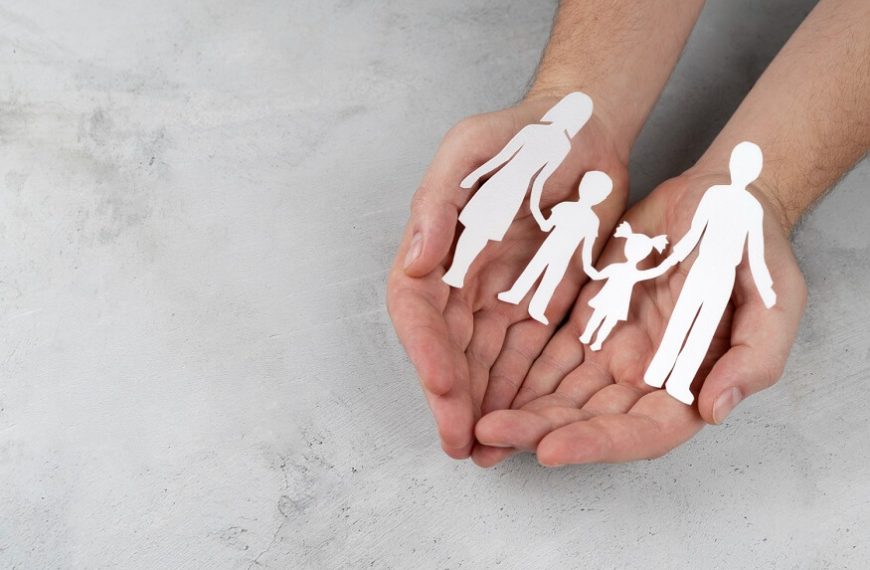In the contemporary world, the importance of child supervision in the prevention of accidents cannot be understated. A significant number of accidents involving children occur in a domestic environment, many of which can be prevented with proper oversight and adherence to child safety guidelines. This article explores how we can prevent accidents, focusing on child supervision and the specific guidelines that must be adopted for the welfare of children.
How Can We Prevent Accidents: The Role of Child Supervision
- Understanding the Risks
- Active Supervision
- Teaching Safety
The first step in the prevention of accidents in a child is understanding the potential risks within the environment. Child supervision must involve a keen awareness of potential hazards, such as sharp objects, stairs, hot surfaces, and open water.
Active child supervision means always keeping an eye on children, especially during activities that might lead to accidents. For example, when a child is playing near a swimming pool, active supervision will involve staying within arm’s reach.
Teaching children about safety measures can also contribute to how we can prevent accidents. This includes guiding them about safe practices and what to avoid, like running with scissors or touching hot stovetops.
Child Safety Guidelines: A Comprehensive Approach
Child safety guidelines encompass a wide range of measures, specifically designed for the prevention of accidents in a child.
- Home Safety
- Outdoor Safety
- Car Safety
- Water Safety
Use Safety Gates: Installing safety gates at stairs or risky areas to prevent falls. Secure Furniture: Anchoring heavy furniture to prevent them from tipping over. Electrical Safety: Covering electrical outlets to prevent electric shocks.
Supervised Play: Always keeping children under adult supervision during outdoor play. Wearing Appropriate Gear: Such as helmets during cycling, to mitigate the risk of injuries
Utilising Proper Child Car Seat Safety: Adhering to regulations regarding child safety car seats to ensure safety during travel.
Supervised Swimming: Never leaving a child unattended near open water or pools. Learning to Swim: Encouraging children to take swimming lessons under professional guidance.
Real-Life Examples and Insights
- The Impact of Cooking Supervision:
- Importance of Car Seat Regulation:
An example from Birmingham showed how a child suffered from burns due to unsupervised access to the kitchen. Proper child supervision could have easily prevented this tragedy.
In London, adhering to child safety guidelines regarding car seats has led to a significant reduction in child injuries during accidents.
Education: The First Line of Defence
The need for education, both for the guardians and the children, plays an indispensable role in the prevention of accidents in a child. Education is not limited to only knowing what the risks are but involves a comprehensive understanding of why certain guidelines are essential.
- Parental Education
- Children’s Education
Parents and guardians must be aware of the child safety guidelines that pertain to different age groups. The needs of a toddler are vastly different from those of a pre-teen. For example, a workshop on childproofing the home can provide parents with actionable insights on how we can prevent accidents.
Age-appropriate education about safety can instil a sense of responsibility in children. Schools and community centres should regularly conduct programs to educate children on road safety rules, internet safety, and other relevant topics.
Technology and Child Safety
In an increasingly digital world, technology can also be leveraged in the service of child supervision and the prevention of accidents in a child.
- Surveillance Technology
- Safety Apps
Baby monitors, security cameras, and related technologies can help parents keep an eye on their children. While these tools don’t replace human supervision, they can be instrumental in monitoring children’s activities.
Various applications can be used to teach children about safety. Interactive games and quizzes can make learning about child safety guidelines more engaging.
Government Regulations and Community Support
Governments and local communities must also play a role in child supervision and safety. By enacting and enforcing laws and creating support systems, they can ensure that child safety guidelines are followed.
- Legal Framework
- Community Initiatives
Laws related to child car seats, swimming pool barriers, and other safety measures play an essential role in enforcing safety standards. Regulatory bodies must ensure compliance through regular inspections.
Local communities can organise child safety workshops and seminars to create awareness. Neighbourhood watch programmes can also be part of how we can prevent accidents.
Psychological Aspects of Child Safety
Child supervision is not merely about physical safety but extends to emotional and mental well-being as well. Parents should be equipped to talk to their children about fears, insecurities, and safety in an approachable manner.
- Building Trust
- Recognising Signs
Children should feel comfortable sharing their concerns with adults. A trusting relationship ensures that children will follow safety instructions and reach out in times of need.
Understanding the signs of fear or distress in children can aid in preventing accidents. For instance, a child fearful of water needs gradual, compassionate teaching rather than being thrust into a swimming class.
Embracing a Holistic Approach
The pathway to successful prevention of accidents in a child is not a linear journey but a holistic embrace of various elements ranging from education to technology, from governmental regulations to community engagement. The question of how we can prevent accidents isn’t just a concern for parents but a societal responsibility. By cultivating a collective consciousness towards child supervision, and by implementing and adhering to child safety guidelines, we can build an environment that nurtures growth without compromising safety. The very fabric of our future society depends on our investment in these principles, ensuring a brighter, safer future for all children.
Conclusion
The prevention of accidents in a child is a multifaceted responsibility that rests on parents, guardians, and society at large. Emphasising the role of child supervision and the strict adherence to child safety guidelines can make a substantial difference in ensuring the safety and well-being of our children.
By investing in understanding how we can prevent accidents, we’re investing in a future that safeguards our children, teaches them responsible behaviour, and allows them to explore the world safely.
At EuroKids, we foster an environment where child safety is not an afterthought but a fundamental principle of child-rearing and community development.















